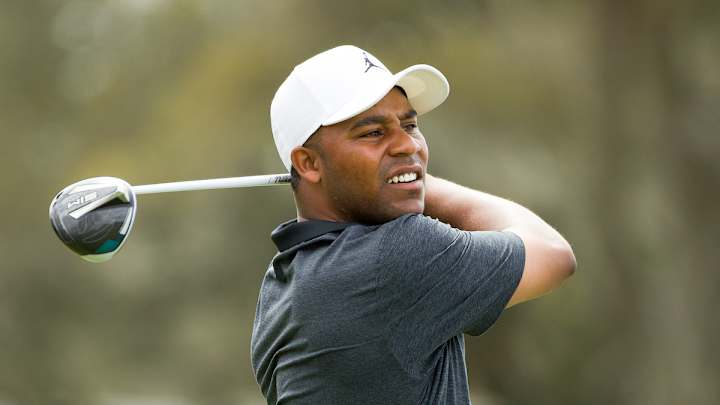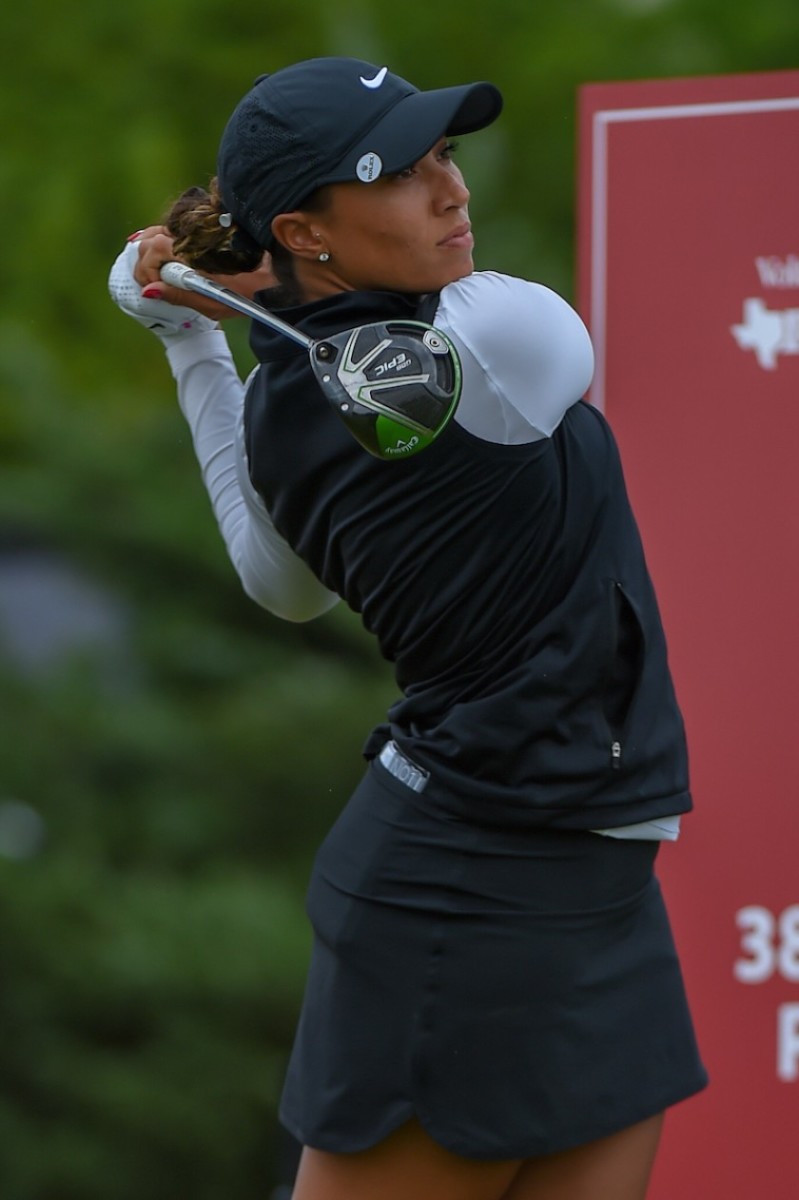Golf faces its day of reckoning for inclusion

Lest the moment fade into a mere memory and the urgent rhetoric dissolves into forgotten promises, now is the time for the golf community finally to make a concerted effort to become properly inclusive.
There must be a plan.
Only four African-Americans play on the PGA Tour: Tiger Woods, Harold Varner III, Cameron Champ and Joseph Bramlett. And that’s a high-water mark for the past 30 years. Cheyenne Woods and Mariah Stackhouse are the only two black players competing on the LPGA Tour.

That needs to change. And it can, if the right people do the right things.
Observers will point to The First Tee, and rightly so, as an agent of change in golf. Founded in 1997 and run for 18 years by the incredibly generous and caring Joe Louis Barrow, The First Tee has introduced the game – and its nine core values – to millions of children, many of them black. It’s one of golf’s great accomplishments, and we’ve spent a considerable amount of time patting ourselves on the back.
But it doesn’t go far enough.
The U.S. has no organized player-development program and has depended on the American Junior Golf Association and the college system to develop talented young golfers. But that doesn’t serve a broad base of black golfers.
England, Scotland, Ireland and Wales sponsor national programs to identify and develop their country’s top golfers, male and female. Canada, Australia and some European countries do the same. It’s time for the U.S. to create its own initiative.
The American golf organizations with the most money are the PGA Tour, under commissioner Jay Monahan, and the PGA of America and its chief executive, Seth Waugh. They have the resources and now the motivation amid the ongoing national equal-rights demonstrations to lead this effort. The USGA, under executive director Mike Davis, is not as rich as the other two organizations but exerts just as much influence, particularly in the amateur game.
Young golfers have three basic needs: equipment, access and mentorship. Though The First Tee gives clubs to those who need them, the equipment almost always are hand-me-downs and cast-offs, adult clubs that have been cut down to fit juniors. Even if it’s an OK place to start, juniors serious about the game need proper gear.
The PGA Tour can exert its influence and begin a campaign to get premium equipment in the hands of juniors who show potential. A handful of manufacturers already give free equipment to elite juniors. Developing players in a national program should get similar treatment.
Access is under the purview of the PGA of America, whose members run virtually all of America’s courses. It’s one of the things Varner has said was the turning point in his development as a junior. What was then Gastonia (N.C.) Municipal Golf Course – now called Catawba Creek – offered juniors a summer pass for $100 with which they could play as much as they wanted. There’s no reason facilities all over the country couldn’t find creative ways to give kids, especially minorities, more time on the course.
Access also means instruction, and the PGA membership includes thousands of qualified teachers who could participate in a national development program. When Varner was at Forestview High, Gaston Country Club, the only private club in town, gave him a job in the cart barn. He then had access to a championship course, the practice range and the tutelage of Bruce Sudderth, a former Champions Tour rules official who is considered one of the best instructors in the Charlotte area.
Varner wasn’t widely recruited by college programs and wound up at East Carolina in Greenville, N.C. However, his college career developed to the point where he won the North Carolina Amateur in 2011 and was the Conference USA player of the year in 2012. He wasn’t noticed nationally because he didn’t play the AJGA circuit. His parents couldn’t dream of affording it. Other countries that have national programs pay tournament expenses – and even some living expenses – of their juniors and older players.
The third side of the triangle is mentorship. Going to the golf course can be an intimidating experience, even for older teenagers. They need someone with whom to play and practice, while also learning how to handle unfamiliar, stressful situations. Having someone to lean on who offers encouragement and timely advice often can make the difference in finding the right amount of confidence for any situation, on or off the course.
Varner’s is a success story and at the same time an anomaly. He succeeded in spite of a system that started so prohibitively stacked against him. For every Harold Varner who succeeds, how many could have made it if only a way existed to identify those who possess untapped potential and an equivalent desire?
And we’re not just talking about kids who advance to the PGA Tour or the LPGA Tour. The odds are long and grow longer every year. But there are other places in golf for young men and women of color to fit: college golfers, club professionals, instructors, coaches, administrators and workers in all areas of the equipment industry.
Monahan and Waugh are fairly new in their jobs. Both weighed in recently.
“What has happened here is not right, and we’re going to be part of the solution,” Monahan said. “Let’s open up our discussion. Let’s make certain that we are listening to our players, listening to our colleagues, and let’s do this the right way.”
Said Waugh in a statement: "I’ve been told that as a white male my voice, while not built from relevant life experience, may perhaps resonate in this moment because it carries the weight of a platform and possible change.”
It’s not too early for them to leave a lasting legacy beyond the prestige of their flagship events or the amount of revenue they can generate for their organizations.
They have the opportunity to change the game so deeply and profoundly that it never would look or feel the same. The chance is staring us in the face. The time is now.
Sign up to receive the Morning Read newsletter, along with Where To Golf Next and The Equipment Insider.
